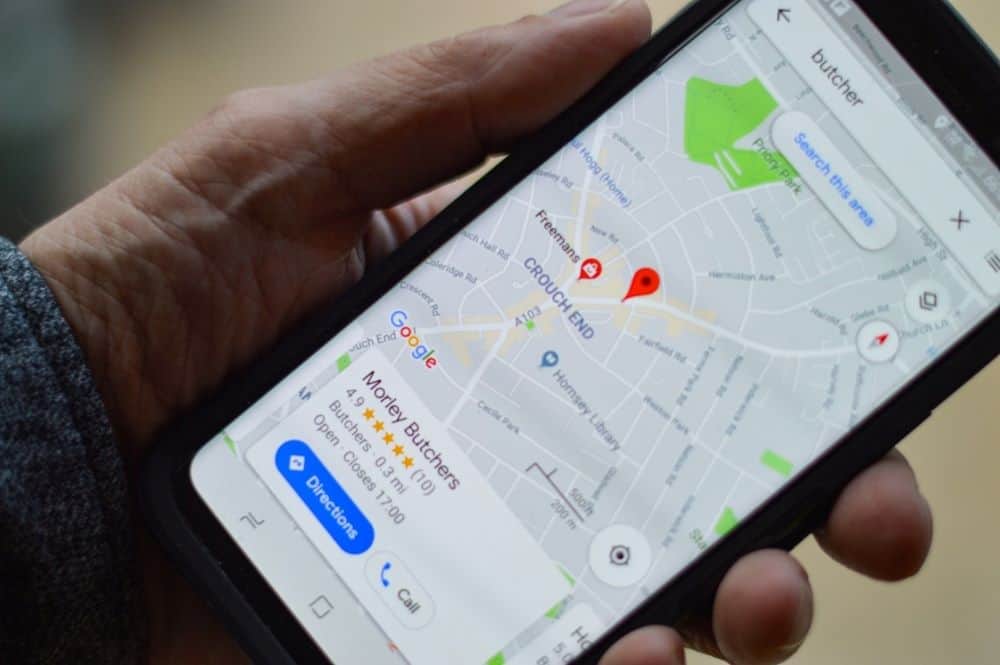Tech-savvy marketers are increasingly turning to location-based marketing strategies. By these means, they are hoping to increase their advertising reach. In other words, they use smartphone users’ mobile location services to suggest offers that may be of interest to them. This is called geofencing marketing. This is a method of alerting prospective customers about offers for goods and services within close geographical proximity.
Understanding the pros and cons of using geofencing as a marketing tool is vital for business owners and their digital marketers. This is especially true for businesses that provide services and products in offline locations.
Why Use Geofencing?
What sets geofencing apart from marketing strategies such as search engine optimization and conversion rate optimization is that it doesn’t require potential customers to actively search for businesses in nearby locations. Instead, it reacts when a smartphone user enters a company’s listed geographic area. Basically, geofencing focuses on mobile users and their geographic information in lieu of website content. This makes geofence marketing ideal for local businesses who rely on physical sales.
RELATED ARTICLE: SEARCH ENGINE OPTIMIZATION: HOW IT CONTRIBUTES TO MARKETING
Businesses benefit from geofencing because it enables them to narrow in on potential clients for their physical stores. However, geofencing is also a form of advertising that can be useful to consumers, too.
How Geofence Marketing Helps Consumers
Geofencing improves users’ lives and online experiences by providing useful information to help them organize their daily lives.
Every day, we all face the overwhelming information overload that is the Internet. Prioritizing advertising for local business is one aspect of community-driven social media policies. For instance, consider policies such as those utilized in popular platforms like Facebook.
Consumers also benefit from receiving recommendations for businesses in the areas that are nearby to addresses they have recently visited. This feature distinguishes geofencing from telemarketer calls and spam texts. What’s more, research shows that personalized messages from websites improves those websites’ click rates.
The Mobile-First Approach
Increasing numbers of people access the Internet via their mobile phones. And geofencing provides marketers with a means of capitalizing on all these mobile users.
RELATED ARTICLE: MOBILE MARKETING: TIPS FOR MARKETING TO PEOPLE ON THE GO
That’s because geofencing enhances technologies that have been in common use for a while. These include GPS, RFID, WiFi, and cellular data. Simply put, when a mobile user enters a particular geographical area, a number of actions can occur. For example, the user can receive a push notification or some targeted ads. Additionally, some technologies could be disabled.
This works by setting a boundary around the desired target area using Google Maps, for example. Then the marketer instructs the app they’re working with to respond whenever a user enters or exits that area. For instance, the response could be sending a message, posting a targeted ad on social media, or taking some other pre-programmed action.
Geofencing Revitalizes Mobile Apps
Developers create thousands of new apps every day. Moreover, a good many apps have managed to obtain “daily use” status. However, most apps fade into the shadows as users become preoccupied with the latest new tech updates.
But geofencing can help keep app users engaged. They do this by providing insights into users’ behavior and their environments. This information is also valuable for online-to-offline attribution, which refers to how online marketing strategies yield offline sales. That’s because users who browse items online can receive alerts about offers in their area. In this way, marketers can stay on top of what their clients’ target audiences need and desire.
Marketers have also learned that people check instant messages within less than five minutes. This fact makes geofencing more effective than sending emails and social posts in many instances.

Does Geofencing Compromise Privacy?
Naturally, many users have some concern about any technology that monitors their activity and physical location for entertainment or advertising purposes. With geofencing, however, the customer is relatively empowered in many ways.
To begin with, geofencing always requires upfront permission from users. This transparency ensures users that sharing their location will improve their experience. It also assures them that their information will be protected, as accessible privacy policies explain.
The Dark Side of Geofence Marketing
However, marketers in some industries use geofence marketing to exploit consumers. For example, law firms sometimes use geofencing to target emergency room patients. As a new development in the rapidly progressing digital world, the ethical implications of geofence marketing should be further explored.
Where Are Good Locations for Geofencing?
Before contemplating this question, you’d need to consider the nature of the business you are marketing and the types of customers you need to attract. If you are a restaurant owner situated in a shopping mall, for example, it would make sense to tag the shopping center.
Try to focus on areas where large groups of people are likely to be seeking the service you offer. For example, if you are marketing for a nightclub and know that your target crowd usually has cocktails and dinner in a trendy neighborhood nearby, you could use that area as a geofence.
Exploiting Competitors’ Special Offers
It could also be useful to find out about specials and discounts a competing business is offering nearby. In this case, a marketer could target customers who were in the same mall to visit a different store and didn’t realize there was a better option.
Putting Local Businesses Ahead
If your business sells physical products or provides a service in a designated geographic area, no one needs to tell you that you need to translate your online reach into real-life customers. Geofencing saves you money on your marketing strategy by focusing on a group of potential customers who are already likely to visit your store. It also helps establish brand loyalty for a store that users interact with in their everyday offline lives.
RELATED ARTICLE: MAKE YOUR BRAND RECESSION PROOF IN 2019
Geofence marketing is a great way of reaching customers in close proximity to a business’s physical location. It helps improve user experience by providing information about what services are available to them in their physical locations.
When using geofencing marketing strategies, consider the kind of industry you are advertising. Also, take into account the people you are targeting based on their locations. A good understanding of geofence marketing can have a great effect on your business’s brand and profits.

